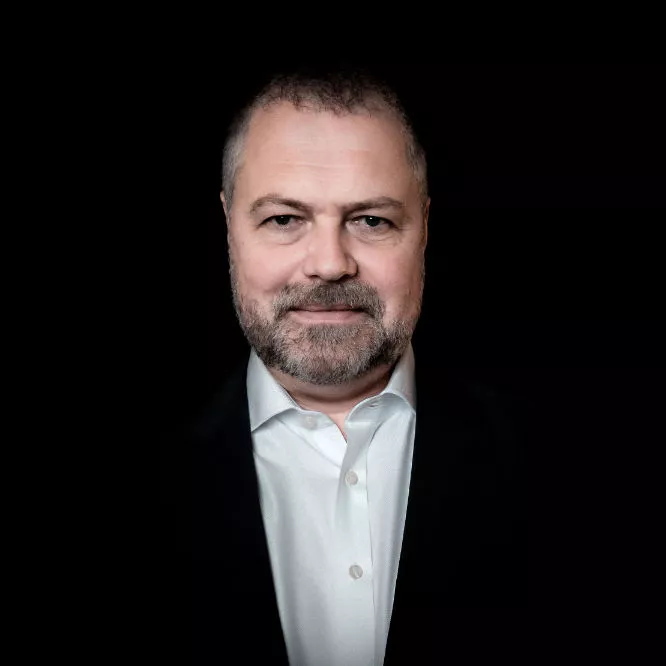In corporate leadership – as well as consulting jargon – words like “Vision”, “Strategy”, “Plan” or “Forecast” are used frequently enough to have great fun playing Bullshit Bingo just with them. However, managers struggle with the alignment to long-term company targets or rapidly changing external impacts. My team and I have developed a methodology to help company leaders and decision-makers on all levels develop consistent plans and take well-aligned decisions: the Strategy Circle.
The methodology describes an ongoing, closed-loop process, which can be started at any point – but for explanation let’s start with the “Vision”. A Vision is a singular statement about the world, mostly in a future state. A prominent example of such a vision is Elon Musk’s “Humanity will be a solar-powered interstellar race”, a less provocative one Volkswagen’s “Global mobility will be provided by connected, electric and autonomous vehicles”. The role the company will take in reaching that future is the “Mission”: “Tesla will build electric vehicles, solar roof tiles, power storage and rockets”, or “Volkswagen will be a leading provider of vehicles, services, and networks”. For smaller companies or private entrepreneurs, the vision and mission may take a more personal tone, such as “Each generation inherits and states the fortunes of the family. My generation will hand over a strong and healthy company to the next”.
While the Mission and Vision are each singular statements independent of external circumstances, the world around us changes, our knowledge expands, and our priorities evolve. Projecting possible pathways of future developments is “Scenario Building” – aligning possible future events into mutually independent, internally consistent future developments. During scenario development, interdependencies and intermediate steps over several time intervals should be considered: a good scenario is both consistent and continuous. Contrary to common best/ worst/ base case variations, the area “between” scenario paths is no safe grounds but describes inconsistent and therefore logically impossible future developments. Technical tools, as well as rigid process management, can help manage a high number of scenario paths.
The next step after the building of Scenarios is a complete understanding of the companies’ business model and operating structure: tools like a Business Canvas, sensitivity analysis, or relevance assessment help in that. The most significant internal factors are then mapped against the external scenarios to identify the ones with the most significant impact– these scenarios are then prioritized in the next step, the core “Strategy Building”.
The logical form of a Strategy is that of a rule with a strict “if–then” syntax. In Tesla’s case, a few of the apparent strategies would sound like. “in order to support the growth of the company, we will increase both the number of products and factories”; “If existing technologies don’t fulfill our needs, we will look for alternatives in adjacent industries” – and so on. There are at least as many Strategies as there are business drivers. This also shows that unexpected external impact factors – i.e. ones that have not been anticipated in the Scenario space – require new Strategies rather than an immediate change of plans.
Only after the Strategies have been formulated, Targets can be defined. Corporate targets should be specific, operational, and contain a time dimension – a target in the sense of “as much as possible as fast as possible” is not viable, although still frequently seen. The SMART methodology can be a good approach, but other systems are equally viable. Only in this step, quantitative elements enter into the Strategy Circle process. Some elements of Target setting are corporate capacity restrictions, capabilities, and resources; however, Targets in this stage should be set under the assumption of full commitment to every single goal and fully available resources. The process of Target setting is by no means simple or arbitrary, as it requires a thorough understanding of the company’s capabilities and level of ambition. In the example of Tesla’s growth Strategy, a possible Target could be: “We will either launch 1 completely new product or open 1 new full-capacity factory each year.”
Once all Strategies have been quantified with corresponding Targets under consideration of existing capacities, the most complicated step follows: the consolidation into a Plan. While there are many Scenarios, Strategies, and Targets, there can only be one Plan, formulating a single course of action for a limited amount of time. In times of high uncertainty, plans can be made only for a short period, with repeated rounds of re-planning. However, this is the only place in the entire Strategy Circle where external Forecasts come to bear: a forecast is the consistent sum-total of all known information on a specific future development, such as car sales, copper price or interest rate. The quality of a forecast can only be assessed by the amount of information it considers and the consistency it applies in doing so. Therefore, forecasts created by “black-box” algorithms such as Data Mining or AI (Artificial Intelligence) are just as good as qualitative models explained by expert economists. Forecasts are important instruments to help arbitrage between existing corporate capabilities and determine short-term and priorities. Only once the corporate Plan has been settled, its alignment with the corporate Vision and Mission can be checked for full-circle consistency.
A plan that does not help bring the company (or the world around it) closer to the stated Vision is not a “good” one in the sense of consistency and conviction, let alone motivation and probability of successful enactment. Once consistency with the corporate Vision and Mission has been confirmed, it is much less easier for the company’s management or owners to rally the entire team to fully embrace and implement it. Only then comes the time for Enactment and Execution of the Plan- which is of course the ultimate goal of any strategy process.
A fully implemented Strategy Circle will make companies more agile, more successful, more credible and give their employees more reason to invest the most precious good they possess: their lifetime.

